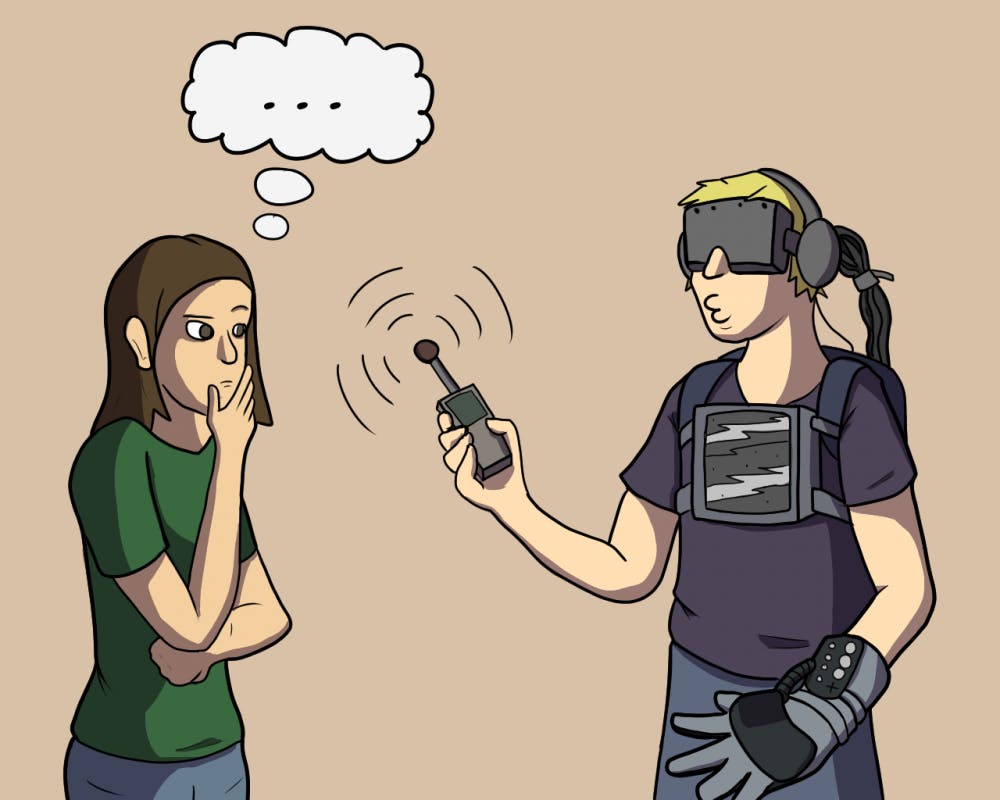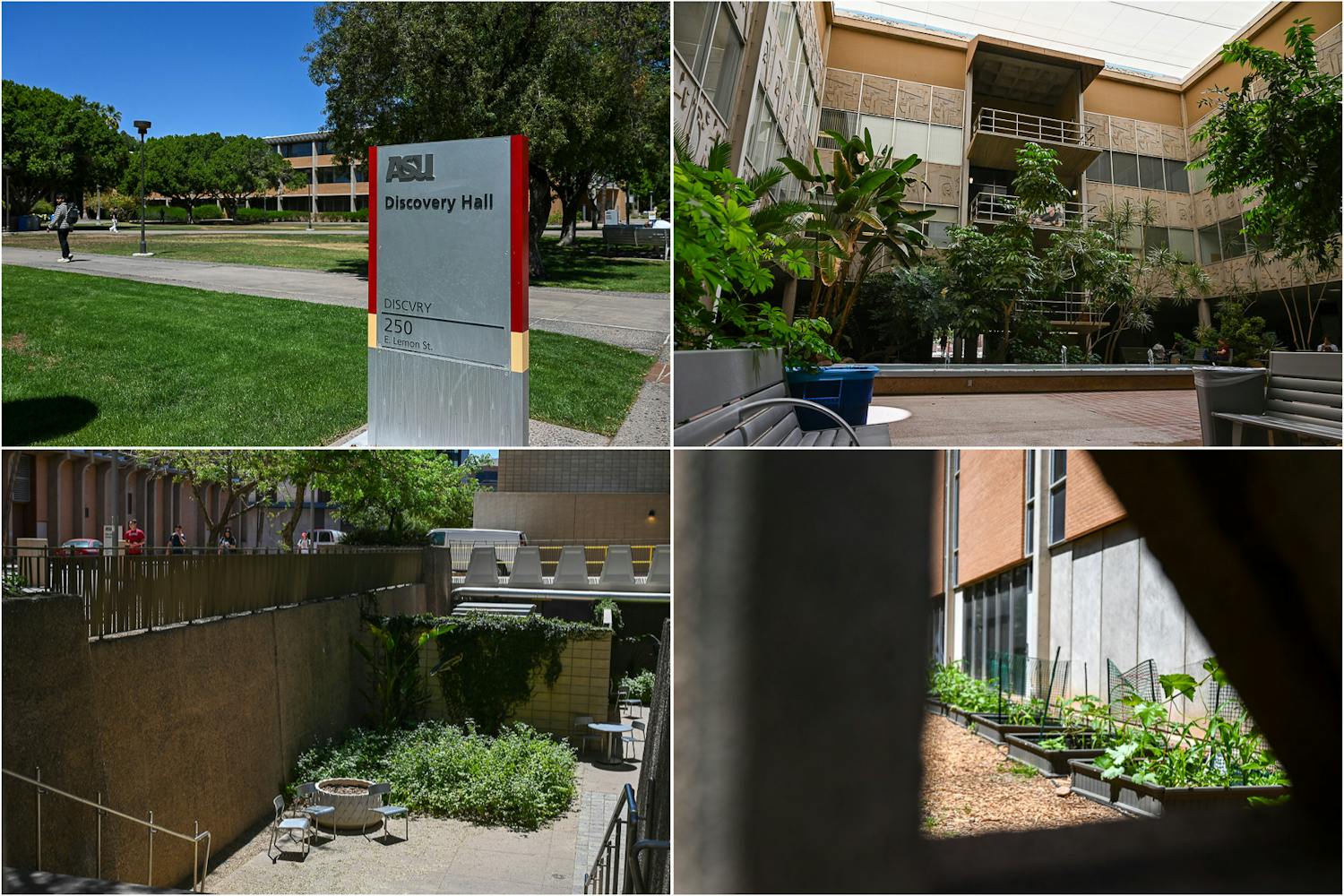Brooklyn-based artist and app developer Lauren McCarthy, who blends art experiments with entrepreneurial startups, virtually presented some of her work in technological systems and social influence on Thursday, Sept. 6 at ASU's Herberger Institute for Design and the Arts.
Speaking to an audience comprised of digital culture students, McCarthy, who fuses technology and traditional art skills to create her projects, touched on her journey as an artist.
She used computer science skills to create projects intended to analyze social interaction and look into technology systems as they help humans relate to each other.
McCarthy holds two Bachelor's degrees from the Massachusetts Institute of Technology, one in computer science and one in art and design, and a Master's degree in fine arts from the University of California, Los Angeles.
McCarthy's work has been featured in exhibits all over the world, and she currently works as an assistant professor at UCLA in design media arts. She created p5.js, a commonly used JavaScript library designed to make coding more accessible for artists, designers and educators.
McCarthy was inspired to make her art to express her own fears concerning social interaction.
“I went to this tech school where everyone was sort of a nerd and I fit in great and I finished, and then I realized that I was maybe not so good at social interaction," McCarthy said. "I thought I’m not so good at talking to people, but I am good at making things, maybe I could hack my way out of this situation.”
In collaboration with another artist, Kyle McDonald, McCarthy created PPL KPR, an app that keeps track of relationships, monitoring a user’s physical and emotional responses to social interaction through a wristband.
The app then analyzes users' responses to different people. If responses are positive, the app will send alerts to schedule times to meet with them, but if the responses are negative, the app could block contacts.
“I was sort of caught between a genuine curiosity about this route of approach and a deep fear of where it might lead,” she said.
The app's website refers to PPL KPR as an art project. McCarthy herself described the app as being “between utopia and dystopia” and said she wants to let the user decide what to make of it.
“Rather than using an algorithm to guide social behavior, maybe humans are the way to go,” McCarthy said.
Other projects of hers include Social Turkers, a crowdsourced dating experiment, and LAUREN, a real-life adaptation of Amazon's Alexa.
In making these projects public, and having real people try them, McCarthy battled the public debate between what classifies a social experiment and art.
Some of the students in attendance praised McCarthy's work, saying she bridges art and technology.
The approach that McCarthy took in letting the users decide their own thoughts about her work and the role of technology in society sparked interest in students.
Ben Nandin, ASU senior digital culture major with an emphasis in music, said McCarthy's work exemplifies bringing digital and art culture together.
“It's art, but it is also a social experiment at the same time and those things can be synonymous in certain occasions," Nandin said. "And I feel like she did a really good job in addressing both of those, being in that niche world between the two."
Nandin also said it was interesting that McCarthy took a personal approach to her art while at the same time expanding on major social issues of the digital age.
"I also like how she tackled not only her own personal fears at the same addressing social issues and bigger philosophical issues and what ways technology can help or hinder humanity."
Phoebe Randall, ASU senior arts studies major with a digital culture minor, said she appreciated McCarthy's view on integrating technology, saying that while McCarthy is critical of it, she acknowledges technology's place in society.
“I liked how she said she was poking holes in a lot of this technology, but she wasn’t full on attacking it," Randall said. "And (asking) how do we really feel about having technology all around us."
Reach the reporter at madison.arnold.1@asu.edu or follow @madisonC_arnold on Twitter.
Like The State Press on Facebook and follow @statepress on Twitter.




